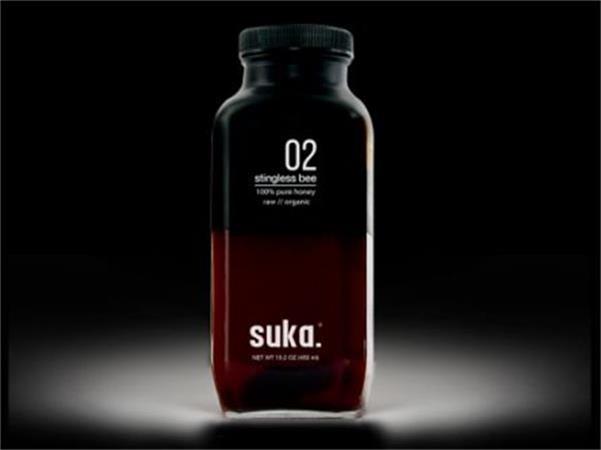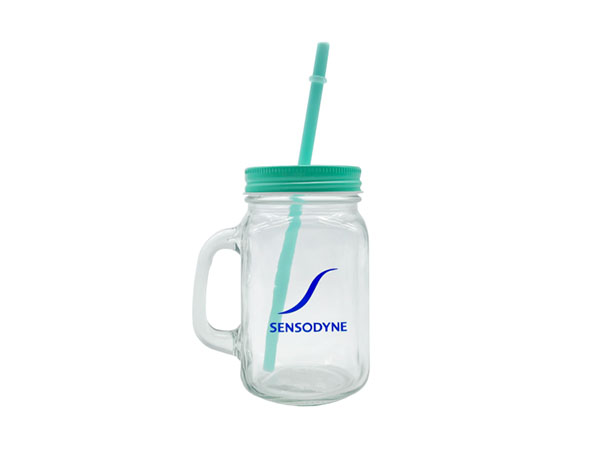The Problem Of Plastic Waste Pollution
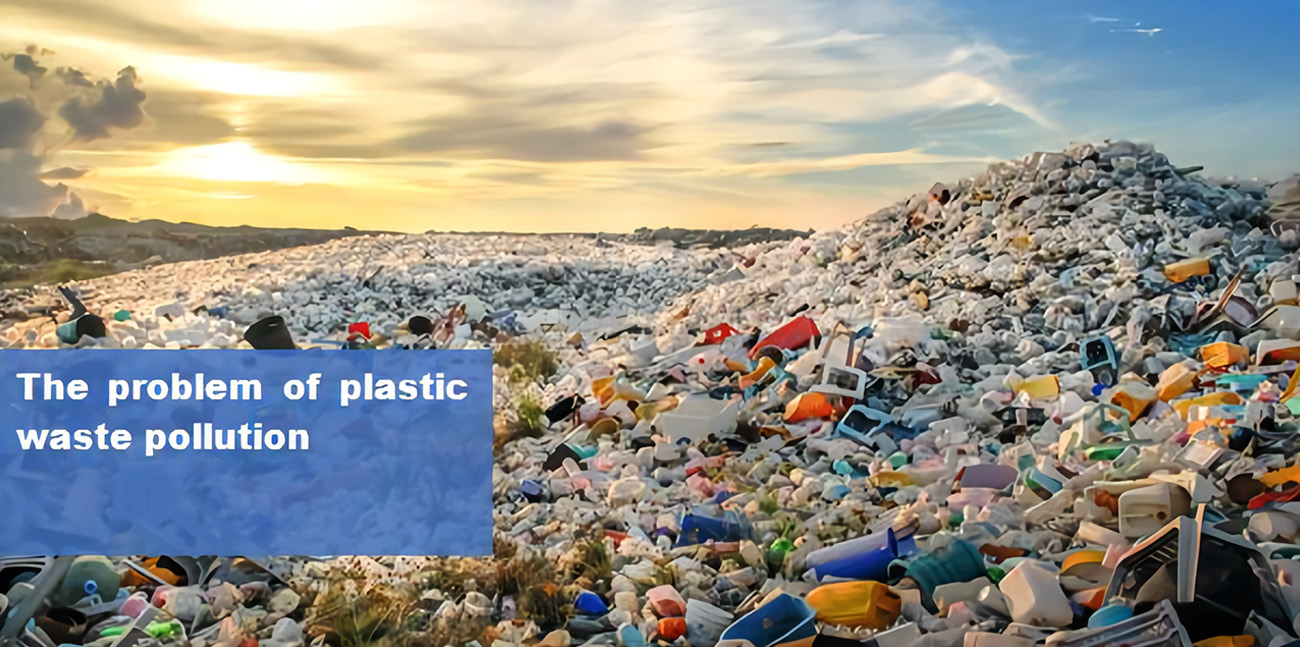
"White garbage" is a disposable plastic package, which is difficult to degrade. For example, disposable foam tableware and other commonly used plastic bags. It is seriously polluted by the environment, which is difficult to distinguish in the soil, which will lead to the decline of soil capacity.Plastic waste scattered around cities, tourist areas, water bodies and roads, waste plastic packaging will bring adverse stimulation to people's vision, affect the overall beauty of cities and scenic spots, destroy urban landscapes and scenes, and thus form "visual pollution" pollution. "White garbage pollution has widely used all over the world and are increasing year by year.
Introduction Of Bagasse
Our bagasse tableware is made of biodegradable environmental protection materials. We believe that if more and more people choose biodegradable materials, the problem of environmental pollution will be alleviated.What is Bagasse? How is it used to make plates and bowls? Bagasse is the fibrous material that remains after the juices are removed from sugarcane stalk. The fibrous portion generally becomes a waste product after the juices are separated.
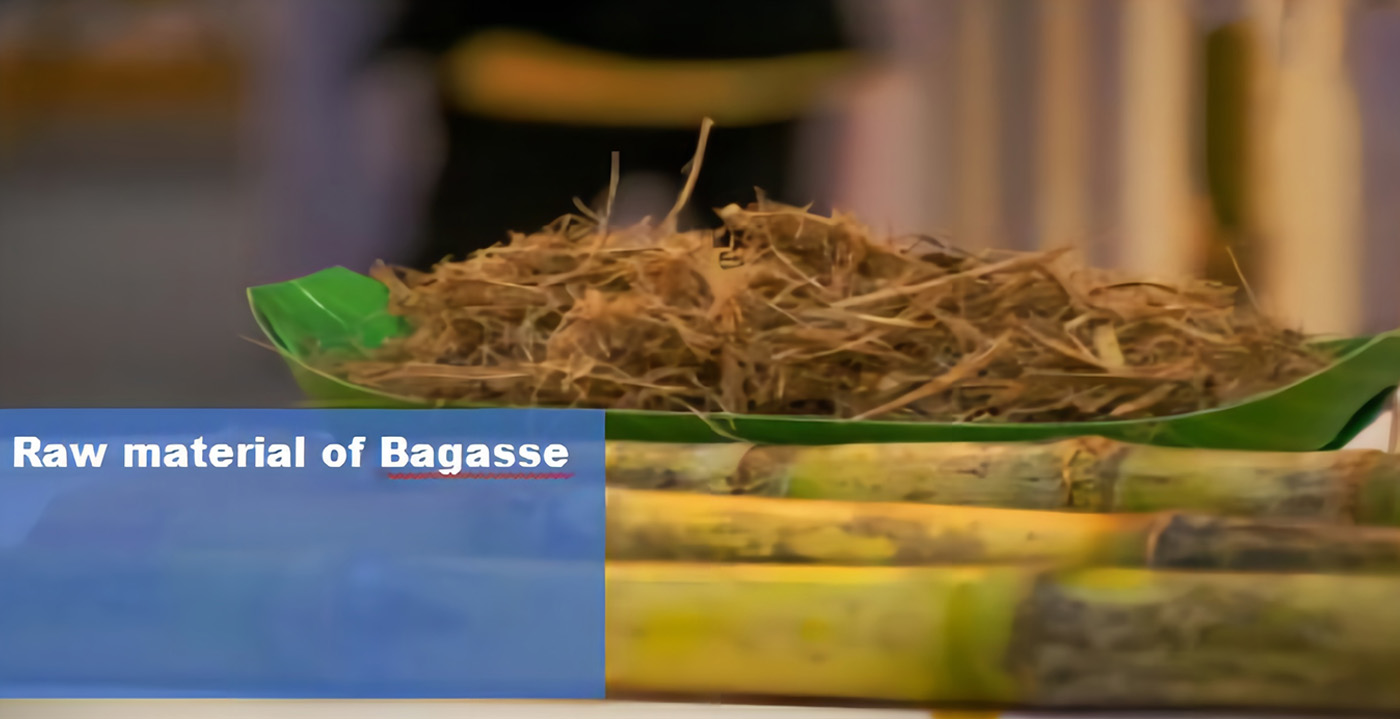
Principle Of Bagasse Degradation
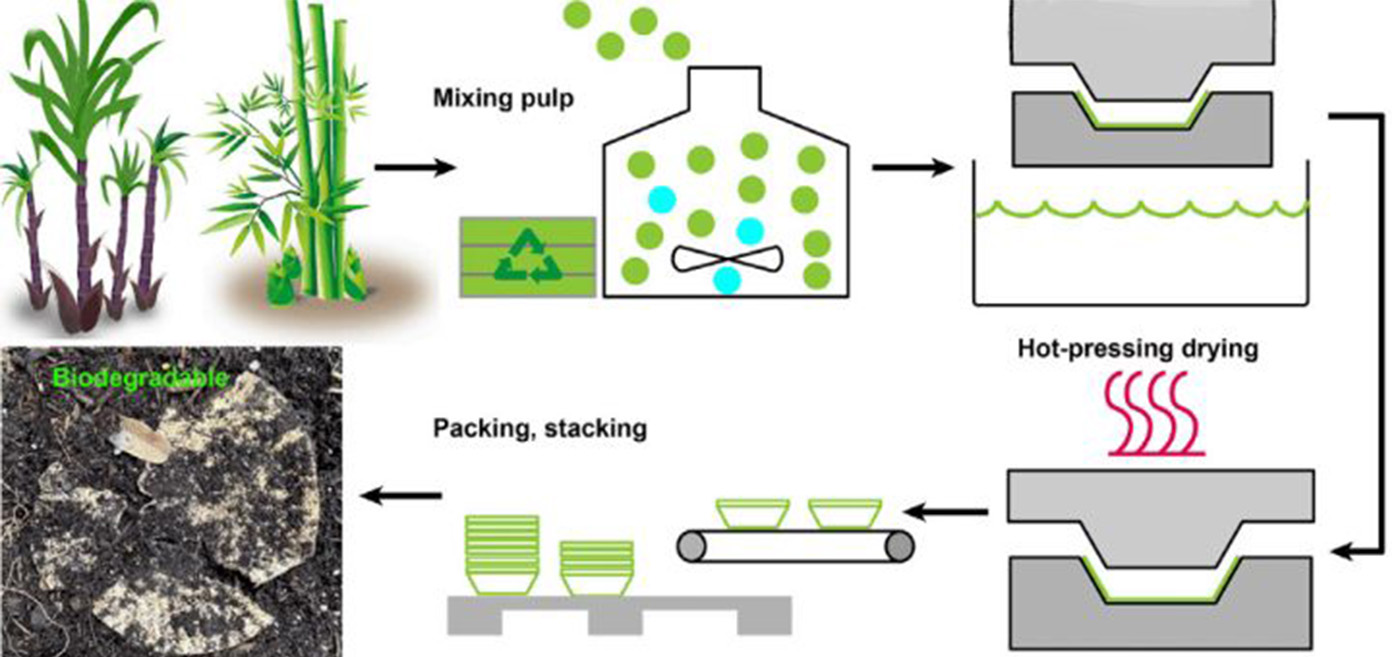
The plates and bowls made of biodegradable polyethylene decomposes in the landfill. This material is double flexible. On one hand because it is simply made of high quality polyethylene, so you can dispose of this plates and bowls in the plastics bin to be 100% recycled. On the other hand, because the plates and bowls is biodegradable.
The biodegradability is achieved by adding a bio-batch to the material that changes the molecular structure of the plates and bowls. This had no effect on the use of the plates and bowls until it is in the landfill or is accidentally left behind during a ride through the forest. In the middle of the landfill or under a layer of leaves and soil in the forest, there is heat and humidity. At the correct temperature, the bio-batch additive activates and the plates and bowls decomposes into water, humus and gas. It does not degrade into small pieces of plastic as in oxo-biodegradable materials. The whole composting process in a landfill takes about one to five years. In nature this takes longer. Furthermore, in the landfill the gas can be recaptured for use as an energy source.The plates and bowls would degrade via home composting in three to six months.
The Process Of Converting Bagasse Into Plates And Bowls
To make the compostable Bagasse plates and bowls, the process starts with the repurposed Bagasse material. The material arrives at the manufacturing facility as wet pulp. The wet pulp is then converted to dry pulp board after being pressed in a beating tank. Bagasse can be made into tableware using either wet pulp or dry pulp board; while wet pulp requires fewer steps in the production process than using dry pulp board, wet pulp retains impurities in its mixture.
After the wet pulp has been converted to dry pulp board, the substance is mixed with an anti-oil and anti-water agent in a Pulper to make the substance sturdier. Once blended, the mixture is piped into a Preparation Tank and then the molding machines. The molding machines instantaneously press the mixture into the shape of a bowl or plate, creating up to six plates and nine bowls at a time.
The finished bowls and plates are then tested for oil and water resistance. Only after the bowls and plates pass those tests can they be packaged and ready for consumers. The completed packages are filled with plates and bowls to be used for picnics, cafeterias, or any time there is a need for disposable tableware. Tableware that provides peace of mind for the eco-conscious.
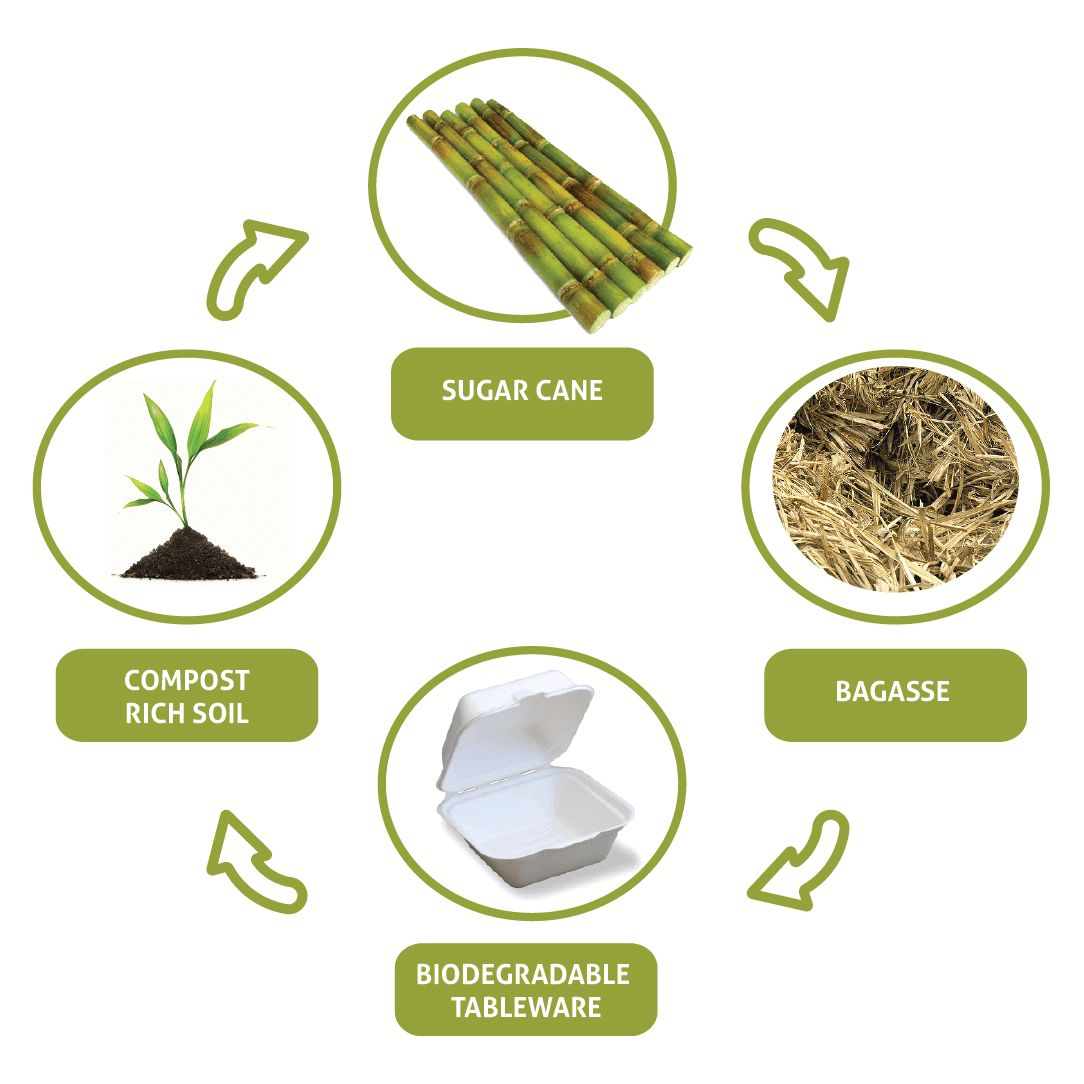
Bagasse Tableware
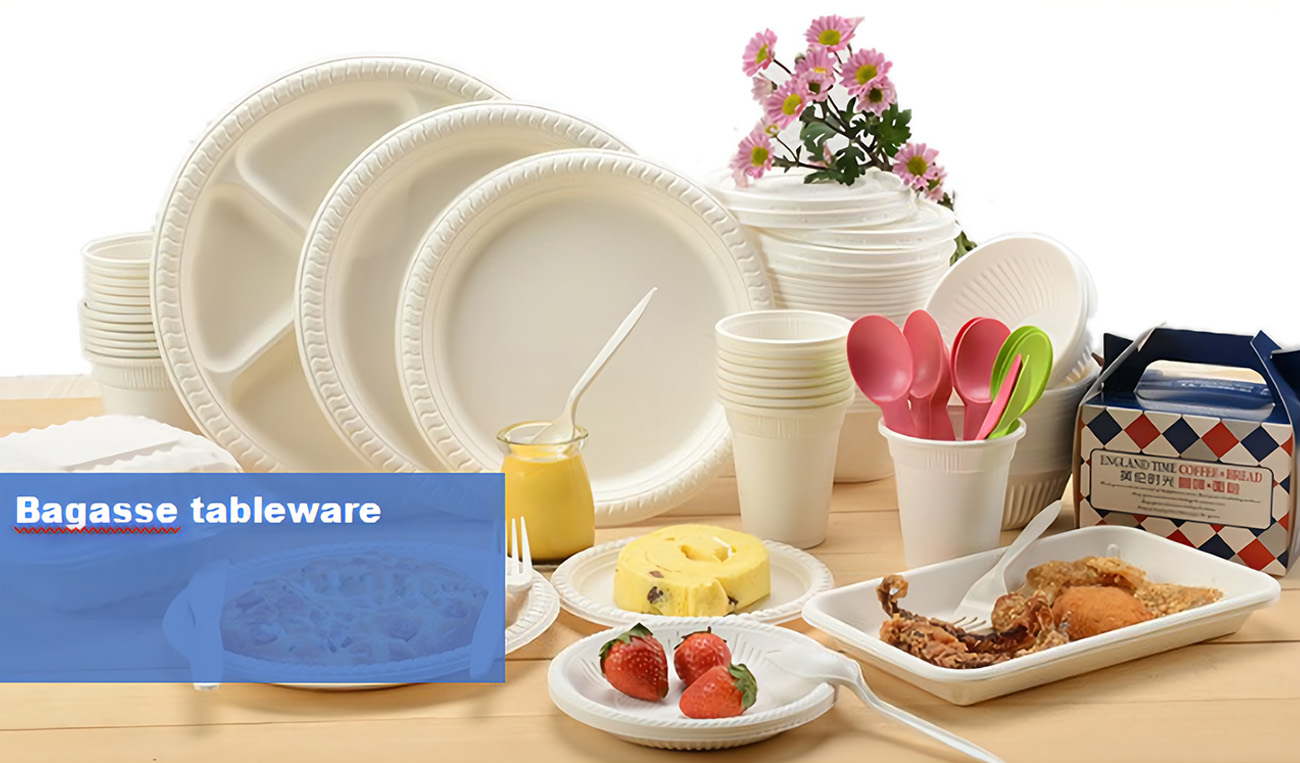
The plates and bowls are 100% biodegradable and can completely break down in 90 days in a compost facility. GoWing takes a waste-product that would end up in a landfill and creates a useful, consumer-ready product with little environmental impact. We are very proud to be one step closer to eliminating waste from landfills. Try our Bagasse plates and bowls today! For more information and to view the newest line of products.This production method has a nice added benefit: as the sugarcane grows, it removes CO2 from the air. One tonne of biobased polyethylene actually takes double its own weight in CO2 out of the air. That makes it even better for our environment!
Post time: Apr-20-2022 Other Blog





